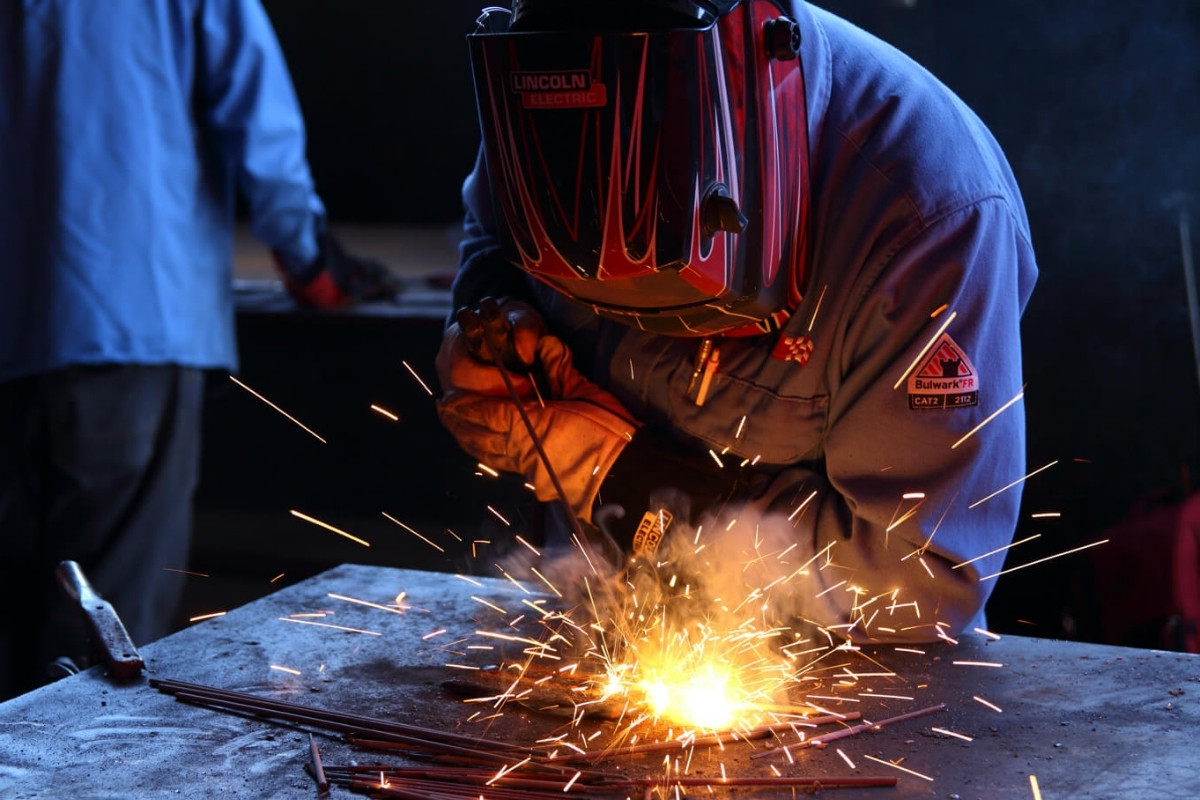
Welding power sources are the backbone of any welding operation, providing the necessary energy to fuse materials together. But what makes these machines tick? Welding power sources convert electrical energy into a form suitable for welding, ensuring a stable arc and consistent weld quality. They come in various types, including transformers, inverters, and generators, each with unique advantages. Understanding the intricacies of these devices can help you choose the right one for your needs. From voltage and current settings to portability and efficiency, there’s a lot to consider. Ready to dive into the world of welding power sources? Let’s spark some interest!
What is a Welding Power Source?
A welding power source is essential for any welding operation. It provides the necessary electrical energy to create the heat required for welding. Here are some fascinating facts about welding power sources.
-
Welding power sources convert electrical energy into heat energy. This heat melts the metal, allowing it to fuse together.
-
There are three main types of welding power sources: constant current (CC), constant voltage (CV), and combination. Each type serves different welding processes and materials.
-
Constant current (CC) power sources are commonly used for stick welding and TIG welding. They maintain a steady current despite changes in arc length.
-
Constant voltage (CV) power sources are typically used for MIG welding. They keep the voltage constant, making it easier to control the welding arc.
-
Combination power sources can switch between constant current and constant voltage modes. This versatility makes them suitable for various welding tasks.
Types of Welding Power Sources
Different welding power sources cater to different needs. Understanding these types can help you choose the right one for your project.
-
Transformer-based power sources are the oldest type. They are reliable but bulky and less efficient than modern alternatives.
-
Inverter-based power sources are more efficient and compact. They use electronic components to convert power, making them lighter and more portable.
-
Engine-driven power sources are ideal for remote locations. They generate their own electricity, allowing welding without access to a power grid.
-
Battery-powered welding power sources are emerging as a portable option. They offer flexibility but are limited by battery life.
-
Multi-process welding power sources can handle various welding methods. This makes them versatile and cost-effective for different projects.
Key Features of Welding Power Sources
Welding power sources come with various features that enhance their performance and usability. Here are some key features to look out for.
-
Duty cycle indicates how long a power source can operate before needing a break. A higher duty cycle means longer continuous welding.
-
Arc stability is crucial for producing quality welds. Stable arcs result in cleaner, more consistent welds.
-
Adjustable settings allow fine-tuning of the welding process. This customization helps achieve the desired weld quality.
-
Thermal overload protection prevents overheating. This feature extends the lifespan of the power source.
-
Digital displays provide real-time information. They make it easier to monitor and adjust welding parameters.
Safety Considerations for Welding Power Sources
Safety is paramount when working with welding power sources. Here are some important safety considerations.
-
Proper grounding reduces the risk of electrical shock. Always ensure the power source is correctly grounded.
-
Use appropriate personal protective equipment (PPE). This includes welding helmets, gloves, and protective clothing.
-
Regular maintenance keeps the power source in good working condition. Inspect cables, connections, and components regularly.
-
Ventilation is essential to avoid inhaling harmful fumes. Ensure the welding area is well-ventilated.
-
Follow manufacturer guidelines for safe operation. Adhering to these guidelines minimizes risks and ensures optimal performance.
Innovations in Welding Power Sources
The welding industry continually evolves, with new technologies improving power sources. Here are some recent innovations.
-
Smart welding power sources use sensors and software for better control. They adjust parameters in real-time for optimal weld quality.
-
Energy-efficient power sources reduce electricity consumption. This is both cost-effective and environmentally friendly.
-
Wireless control allows remote operation of the power source. This adds convenience and flexibility to the welding process.
-
Advanced cooling systems prevent overheating. These systems enhance performance and extend the lifespan of the power source.
-
Integration with robotic systems enables automated welding. This increases precision and productivity in industrial applications.
Welding Power Source Facts: The Final Sparks
Welding power sources are more than just tools; they’re the backbone of countless industries. From arc welding to TIG welding, each type has its unique advantages. Knowing the duty cycle and amperage is crucial for efficiency and safety. Inverter-based welders offer portability and energy savings, making them a popular choice. Transformer-based welders, though heavier, provide durability and reliability.
Understanding the input voltage and output power can make or break your welding project. Multi-process welders give flexibility, allowing you to switch between different welding methods. Maintenance is key; regular checks can extend the life of your equipment. Safety features like thermal overload protection and automatic shut-off are non-negotiable.
Welding power sources have evolved, but the basics remain the same. Master these facts, and you’ll be well on your way to becoming a welding pro. Happy welding!
Was this page helpful?
Our commitment to delivering trustworthy and engaging content is at the heart of what we do. Each fact on our site is contributed by real users like you, bringing a wealth of diverse insights and information. To ensure the highest standards of accuracy and reliability, our dedicated editors meticulously review each submission. This process guarantees that the facts we share are not only fascinating but also credible. Trust in our commitment to quality and authenticity as you explore and learn with us.
